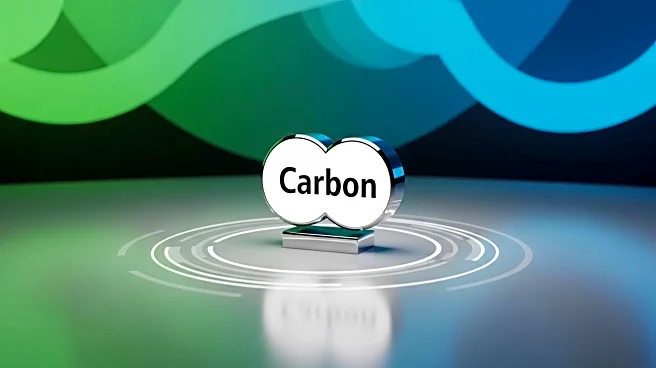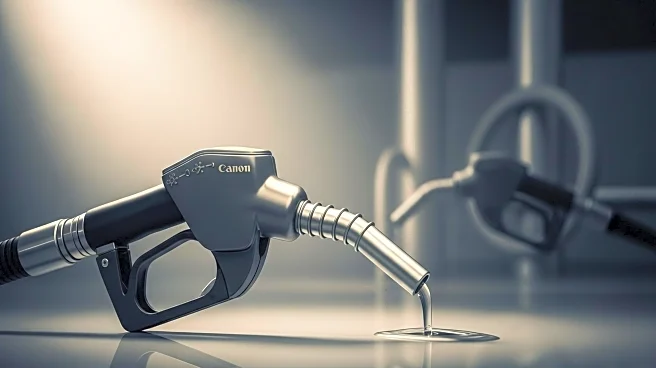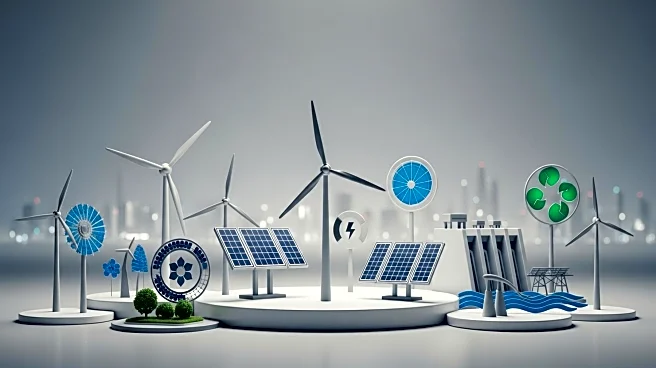What is the story about?
What's Happening?
In the first half of 2025, the United States experienced a significant decrease in imports of biodiesel and renewable diesel. This decline is attributed to the removal of tax credits for imported biofuels and a reduction in domestic consumption. Previously, both imported and domestically produced biodiesel and renewable diesel benefited from a $1 per gallon blender’s tax credit. However, the Inflation Reduction Act replaced this with the Section 45Z Clean Fuel Production Credit, which applies only to domestic production. Consequently, imports have become economically disadvantaged. In 1H25, biodiesel imports averaged 2,000 barrels per day, a steep drop from 35,000 barrels per day in 1H24. Similarly, renewable diesel imports fell to 5,000 barrels per day from 33,000 barrels per day in the same period last year.
Why It's Important?
The reduction in biodiesel and renewable diesel imports highlights the impact of policy changes on the energy market. The shift in tax credits has made domestic production more favorable, potentially boosting local industries. However, it also poses challenges for international biofuel producers who previously supplied the U.S. market. The decrease in imports could affect the U.S. Renewable Fuel Standard compliance, which mandates blending biofuels with petroleum-based fuels. This situation underscores the delicate balance between encouraging domestic production and maintaining international trade relationships. The change may also influence the U.S. energy independence strategy and its commitment to reducing carbon emissions.
What's Next?
As the year progresses, U.S. consumption of biodiesel and renewable diesel is expected to rise to meet existing Renewable Fuel Standard mandates. However, imports are likely to remain low due to the tax policy change. Domestic producers may benefit from increased demand, but international suppliers might seek alternative markets. The U.S. Energy Information Administration forecasts that net imports of these fuels will remain at their lowest levels since 2012. Stakeholders will need to monitor the market dynamics and adjust strategies accordingly.
AI Generated Content
Do you find this article useful?













